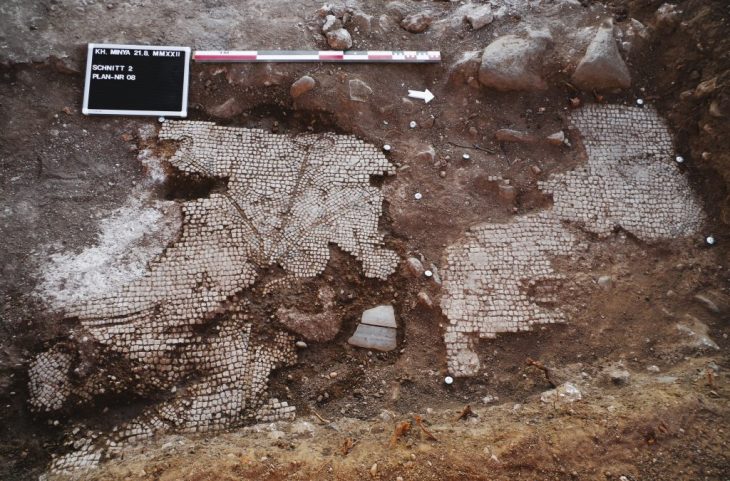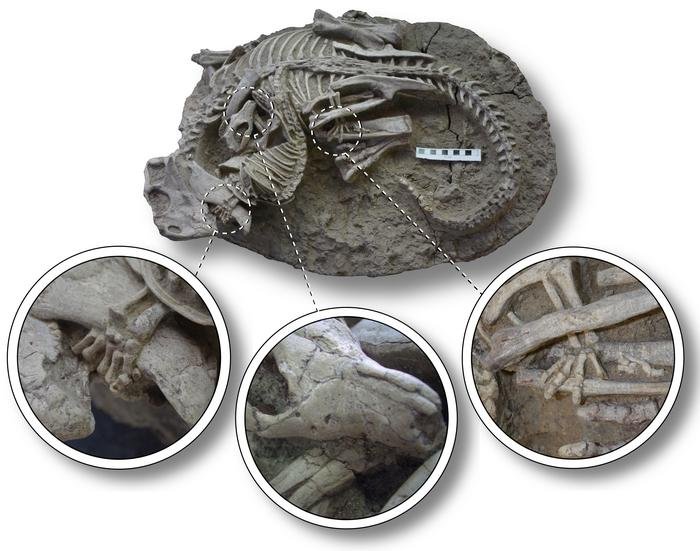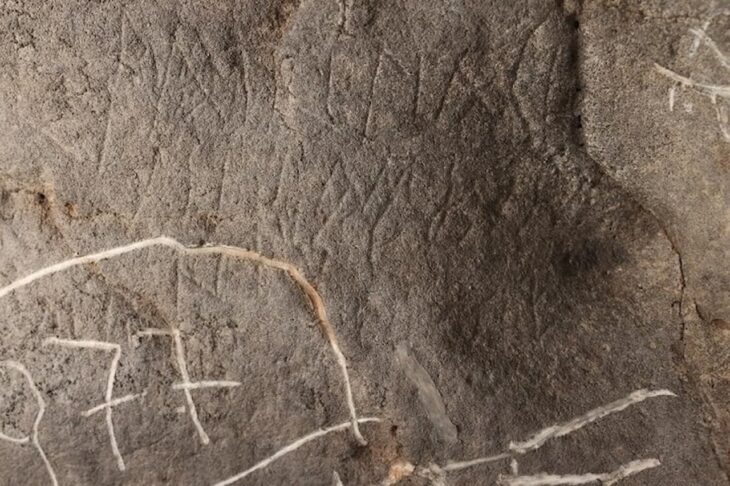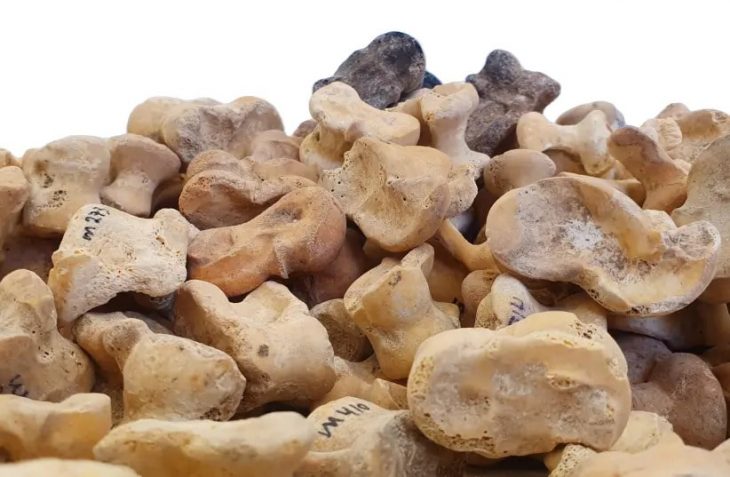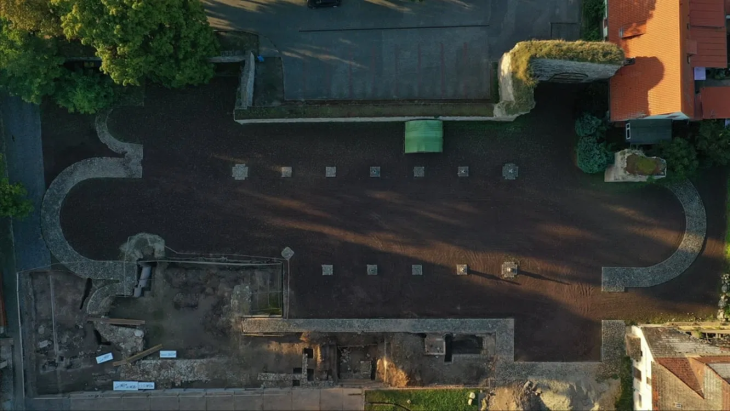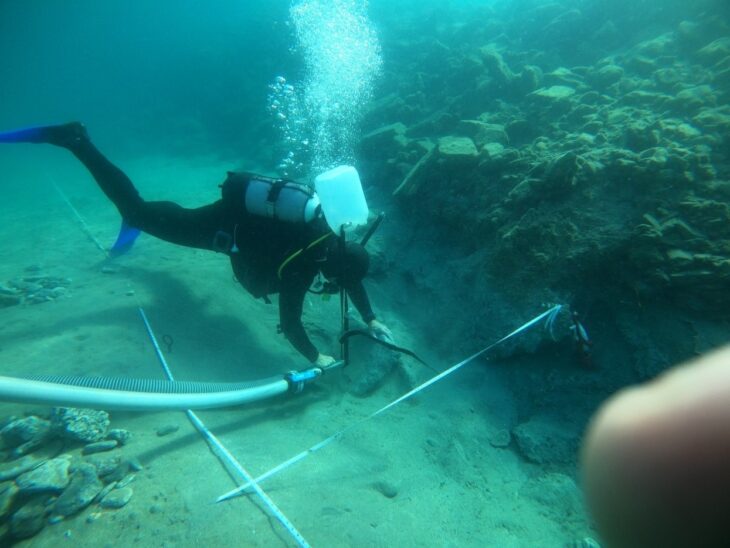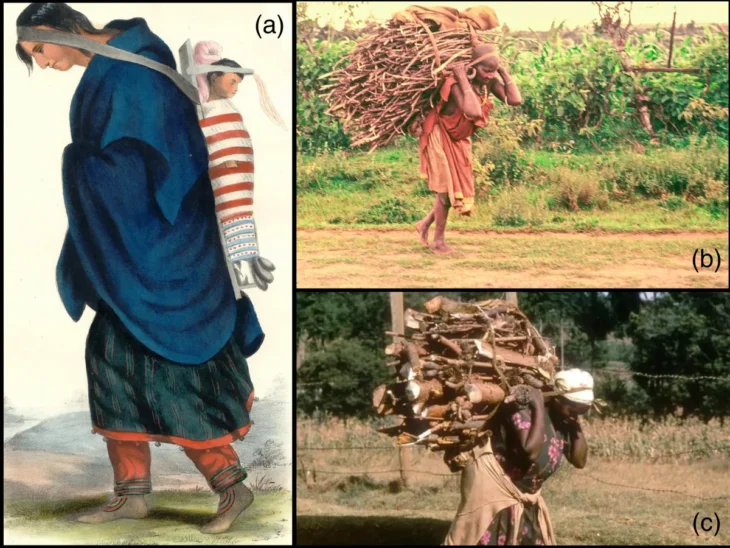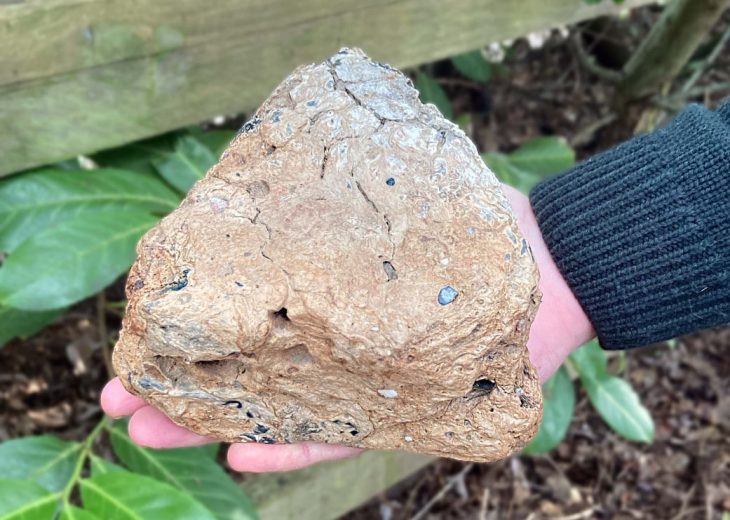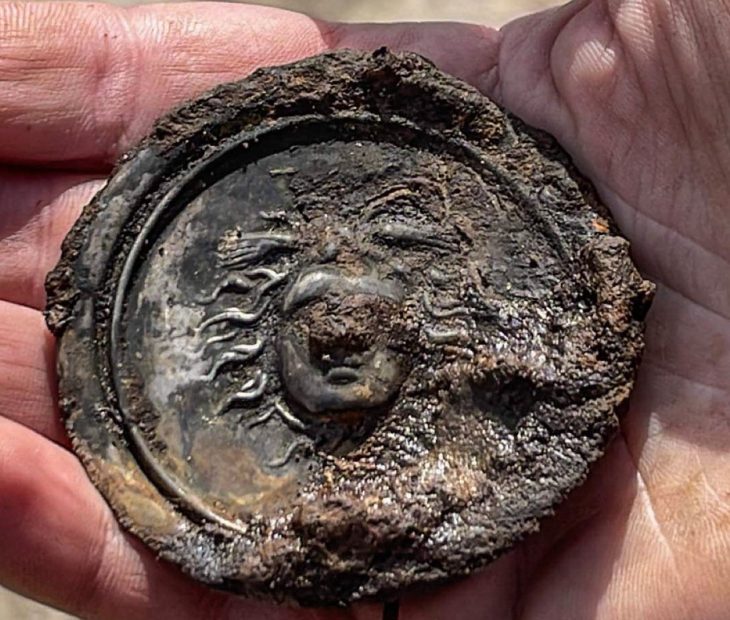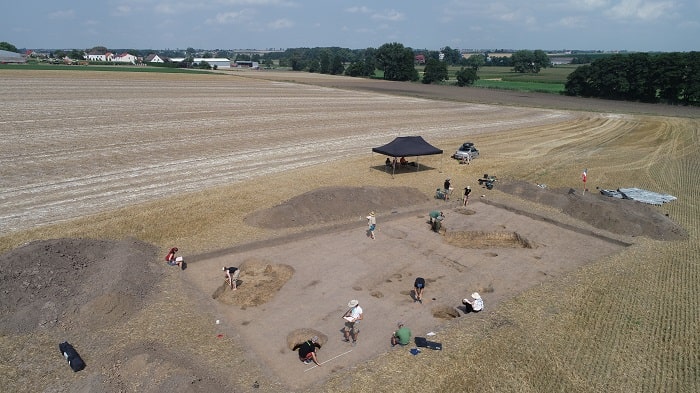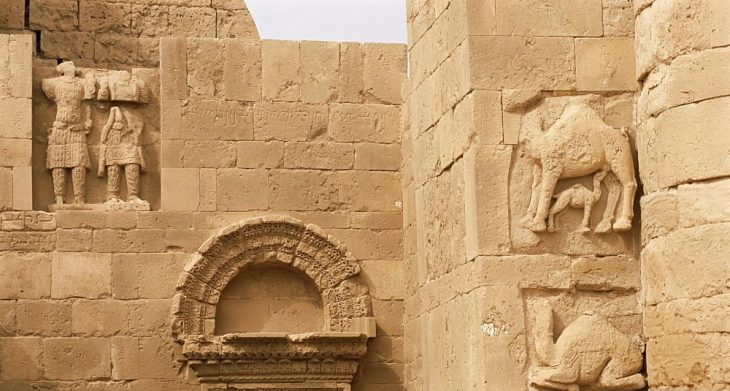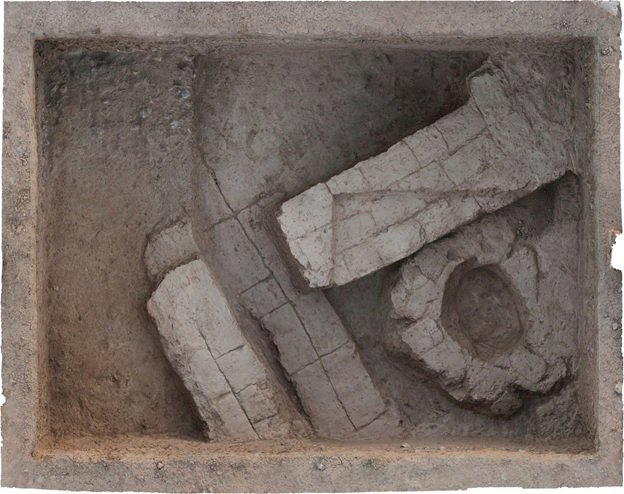The 500-year-old Zeyrek Çinili Hammam, a masterpiece of Mimar Sinan and one of the most important examples of Ottoman Bath architecture in Istanbul’s Fatih neighborhood, is returning to its original function after 13 years of restoration process.
The building, commissioned to Mimar Sinan between 1540 and 1546 by Admiral of the Ottoman Navy Barbaros Hayrettin Pasha, is one of the earliest known baths of the artist.
The hammam deserves its name (çinili means covered with tiles) because of the magnificent Iznik tiles that were exclusively produced for the hammam in the 16th century and once covered the entire interior up to a certain level. No hammams of the time had such a rich and varied tile decoration program. However, they were removed, sold, and dispersed throughout the world in the second half of the nineteenth century.
The hammam has made a wonderful comeback not only as an architectural masterpiece, but also as a gateway to further research that will shed more light on our history thanks to the archaeological and historical finds obtained during its restoration.
The Byzantine cisterns, located in the entrance courtyard and used by Mimar Sinan as the foundation for Zeyrek Çinili Hamam, provide insight into the district’s pre-hammam period. The cistern, located beneath the women’s cold room, contains a variety of plaster-incised graffiti depicting galleys and bastard galleys.
📣 Our WhatsApp channel is now LIVE! Stay up-to-date with the latest news and updates, just click here to follow us on WhatsApp and never miss a thing!!

The cistern also hosts a rotating program of site-specific art installations contributing to the cultural aspect of Zeyrek Çinili Hamam.
The hammam, with its cultural heritage brought back to life by The Marmara Group, will open its doors to its visitors on May 3 to offer a bathing experience in a historical structure. The hammam offers the opportunity for men and women to bathe in separate spaces.
The hammam, which combines Ottoman bath rituals with a modern touch and offers peace its guests, has also collaborated with leading names in the field of contemporary art and design.
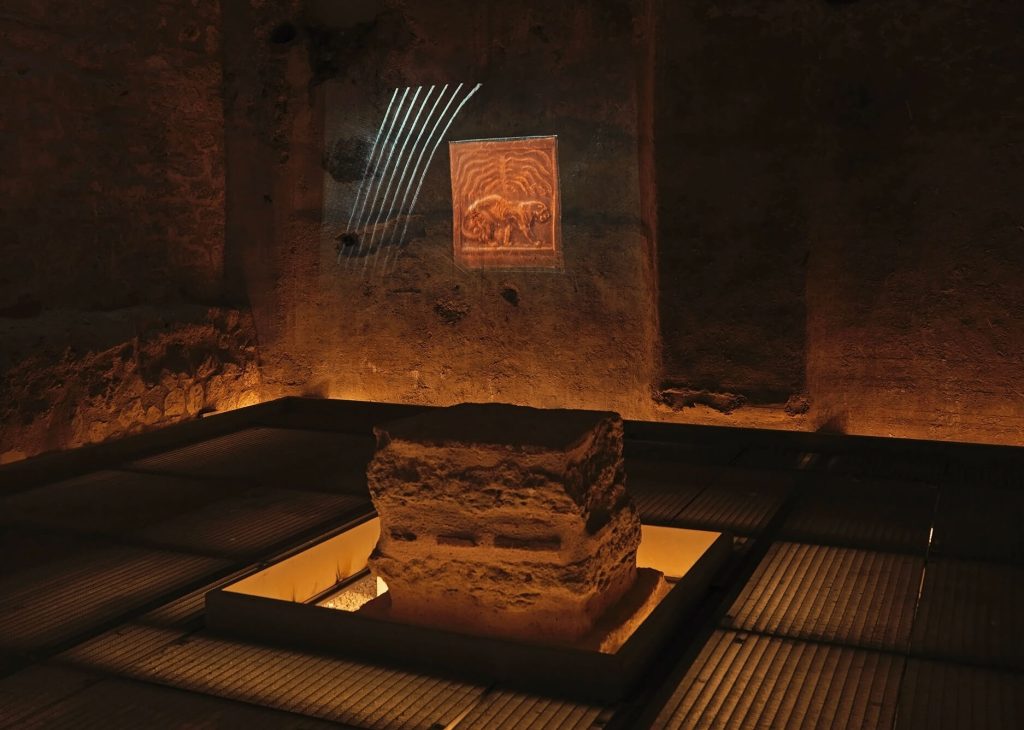
The bath welcomes its guests with Ayça Telgeren’s installation, titled “Kocakarı,” located at the entrance of the bath complex. It also brings together the bathing experience and contemporary art with Elif Uras’ site-specific sculpture, titled “Sitting Woman,” in the hot room section where historical tiles are located.
Artist Theodore Psychoyos, who lives in Athens and is known for transforming idle marble blocks into functional sculptures, designed special marble foam massage and foot massage units for the hammam. The artist blended customs and contemporary materials in these works, which were created in Istanbul following a thorough investigation into Mimar Sinan’s architectural style and the history of the bath.

Famous fashion designer Hussein Chalayan used his creative vision to interpret the architecture, customs, and rituals when creating a line of apparel and accessories for Zeyrek Çinili Hammam. Chalayan’s designs are influenced by the relationship of light and space, as well as the architectural details unique to the historic bath, and he has a passion for the art of wrapping towels around the body.
In addition to the on-site store in the hammam complex, this timeless collection will also be available online in May. Items like jackets and trousers worn by bath employees, as well as loincloths, towels, and clogs for guests to use, are included.
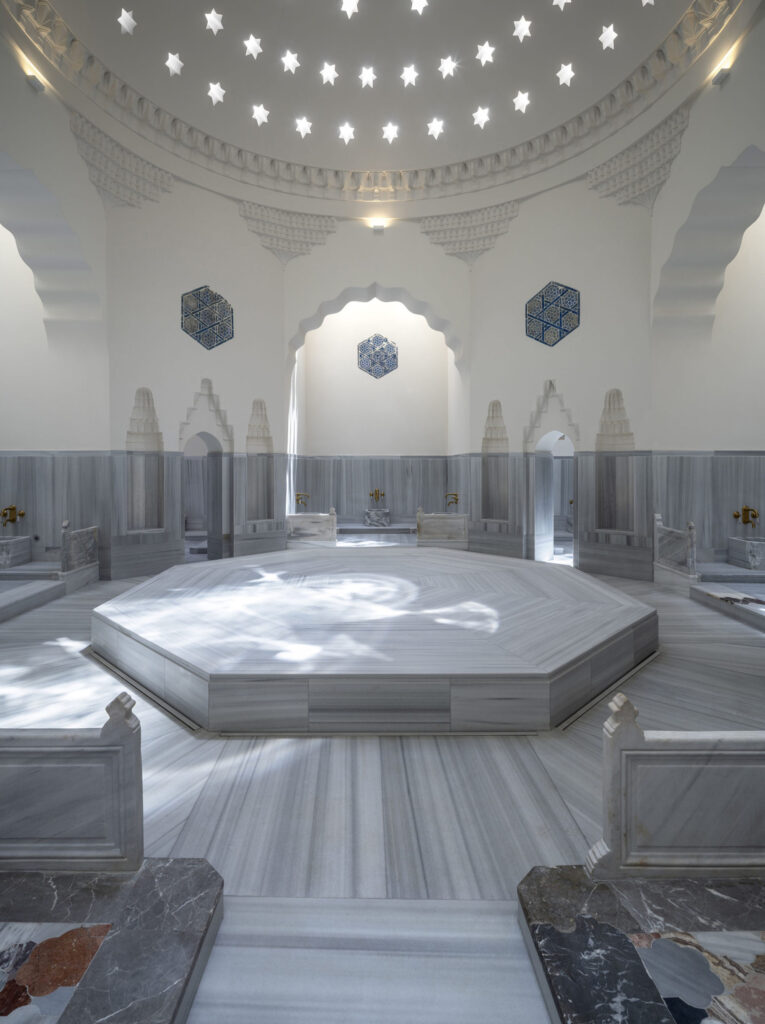
Delicacies specific to Ottoman cuisine, sherbets, and relaxing teas, which are an indispensable part of the Turkish bath, are presented in ceramics specifically designed for the Zeyrek Çinili Hammam. Collaborations with current artists and designers will also continue in the future.


